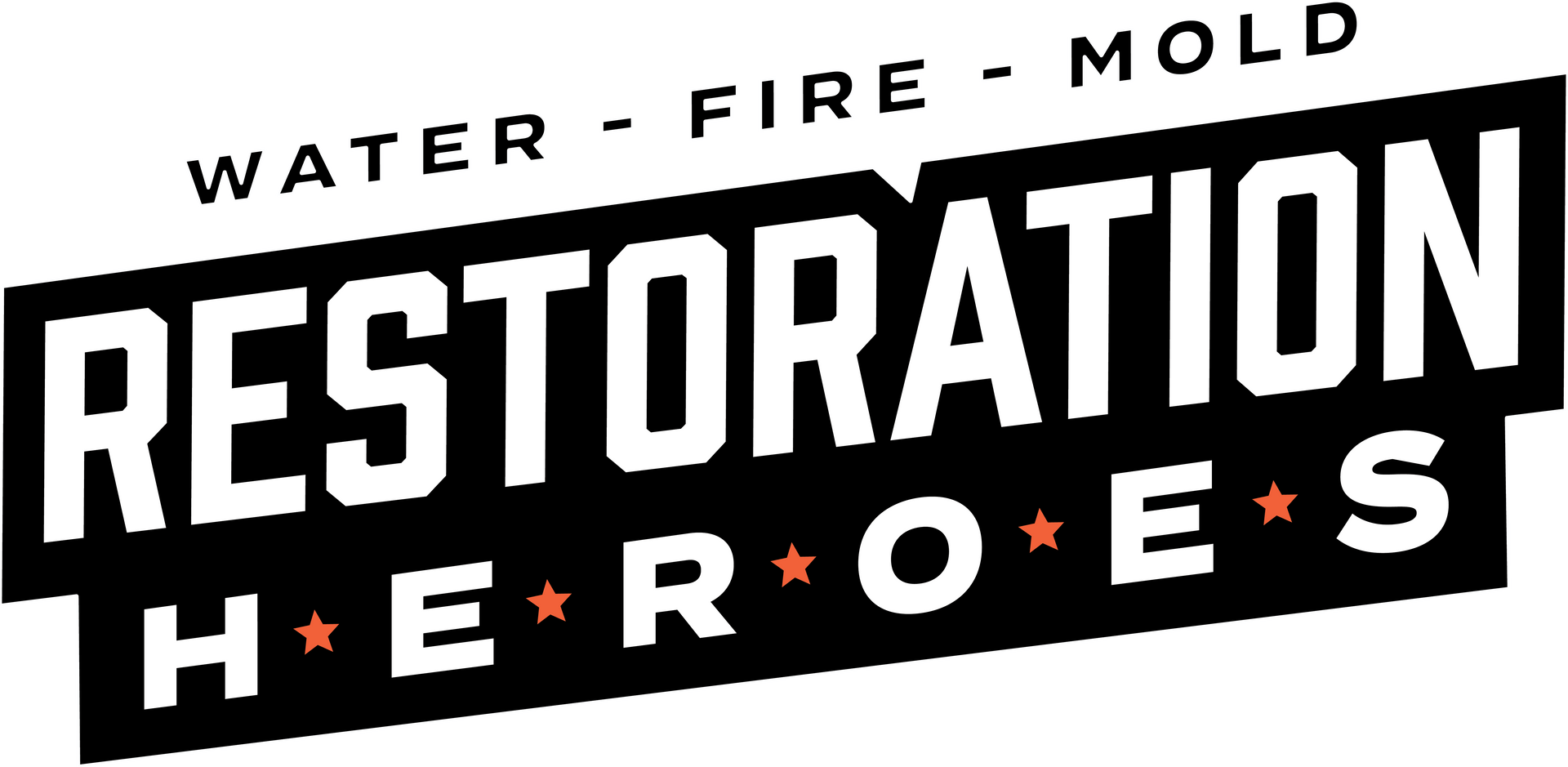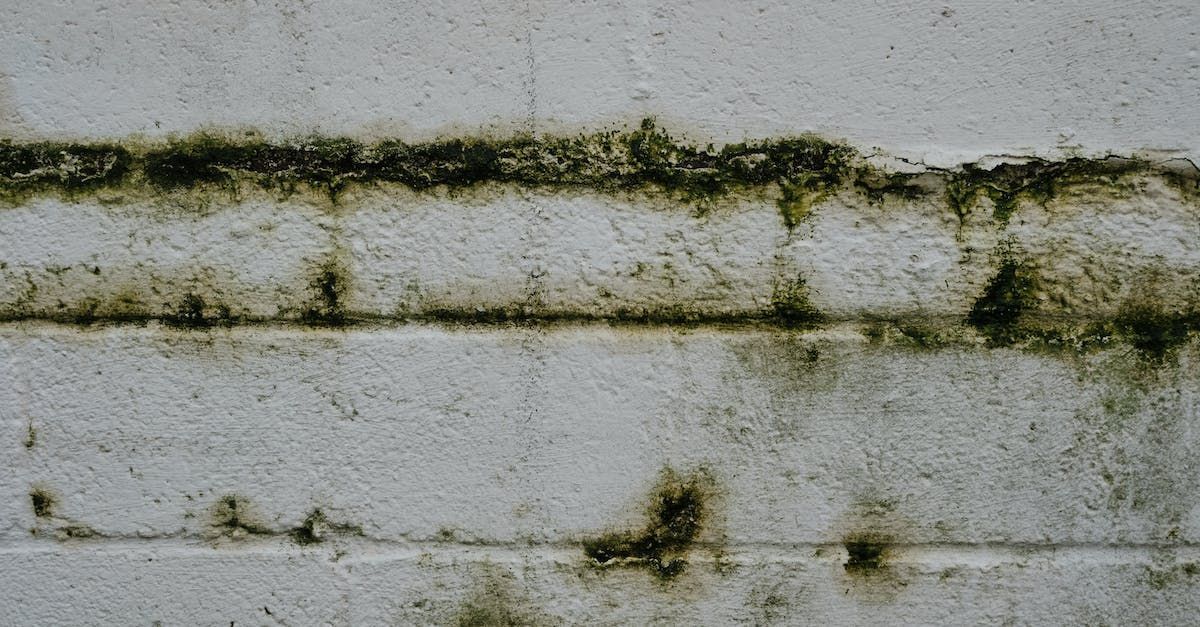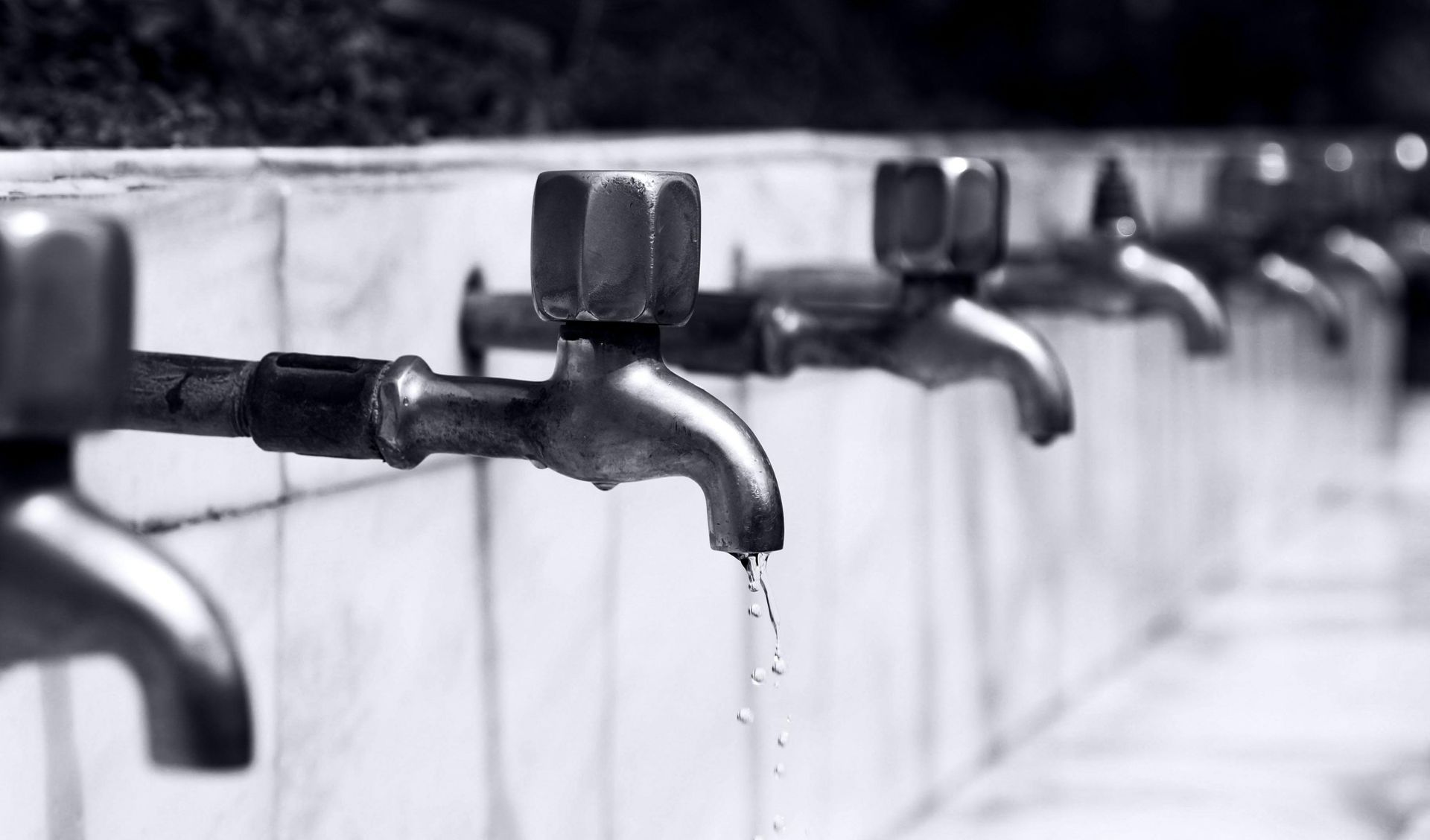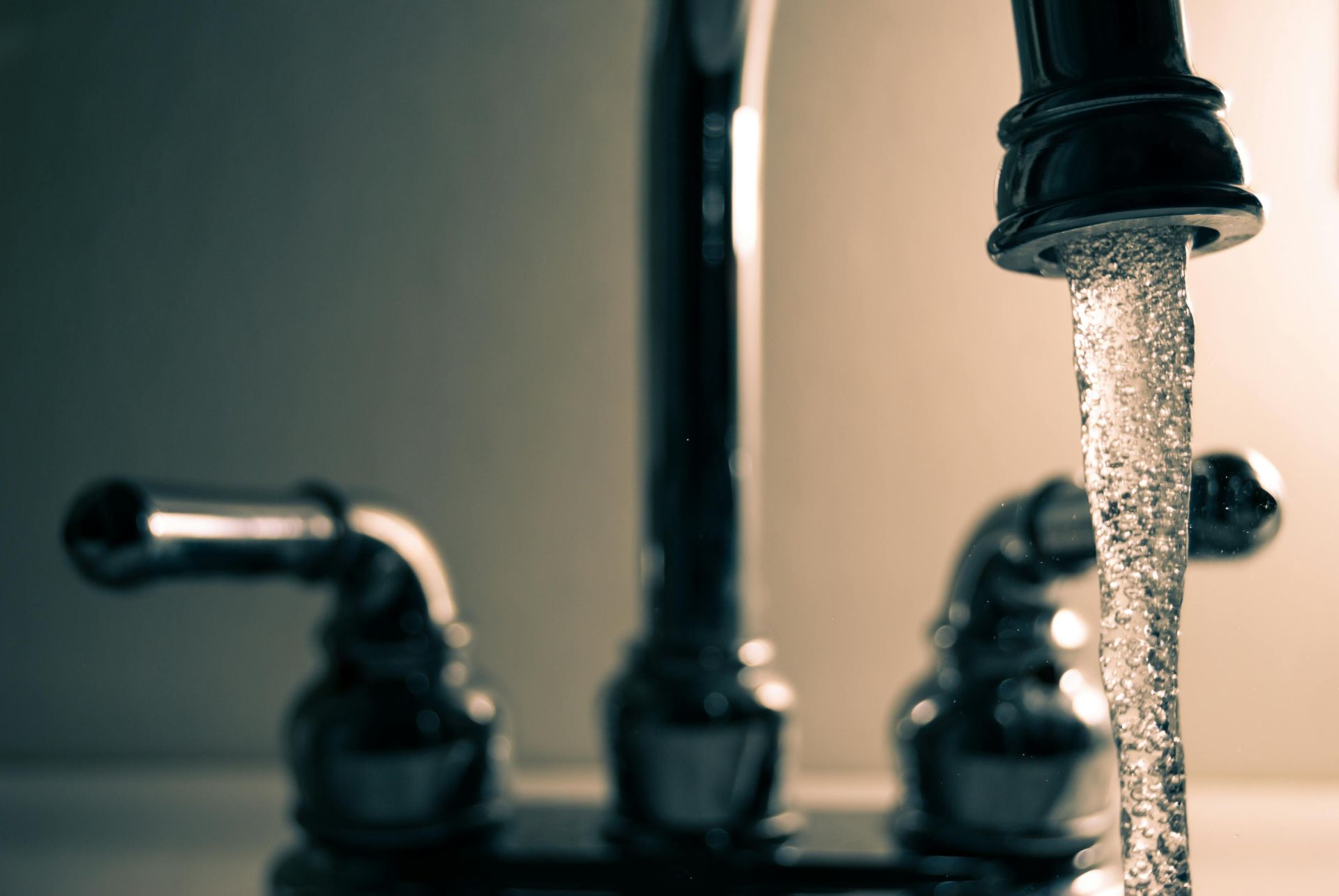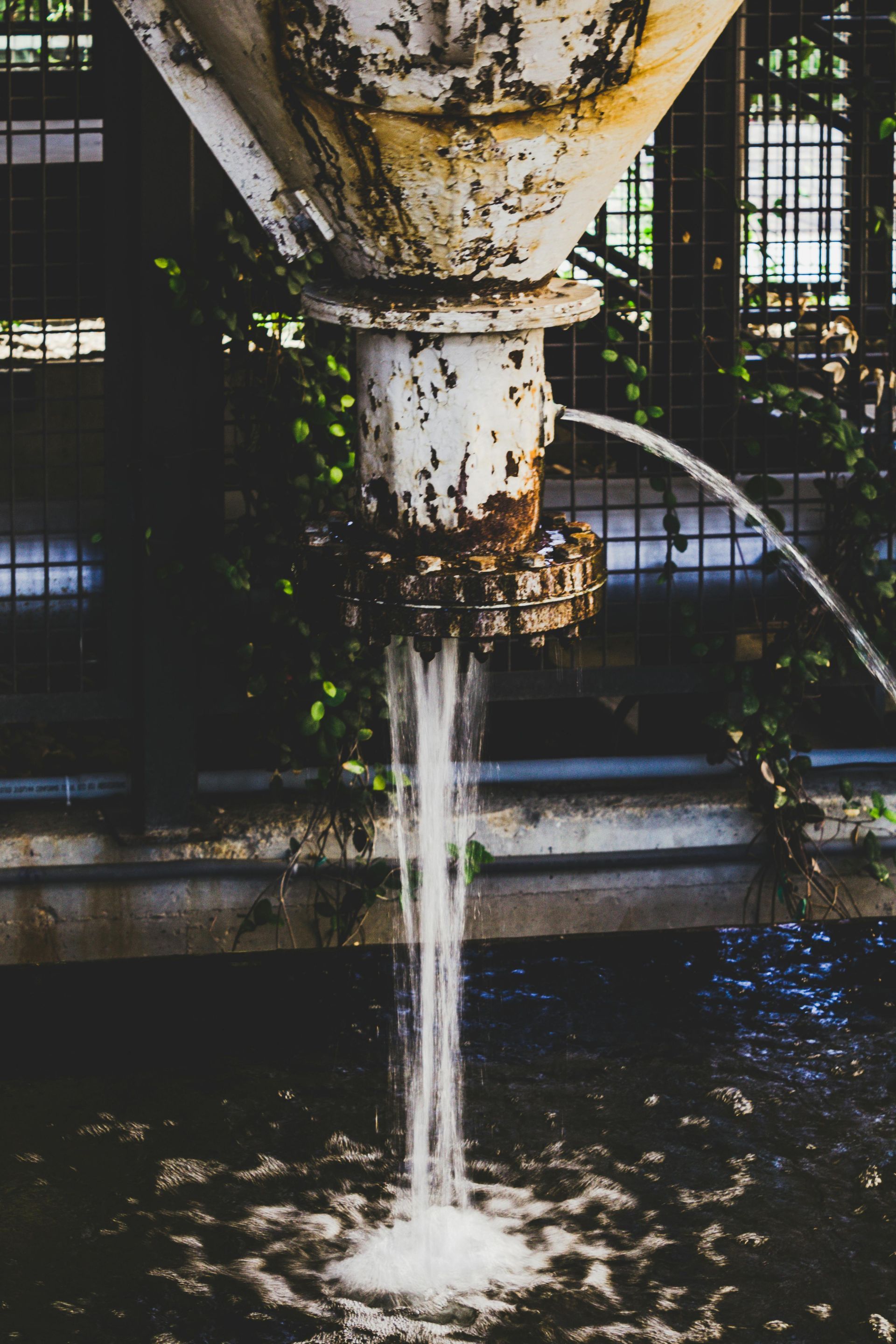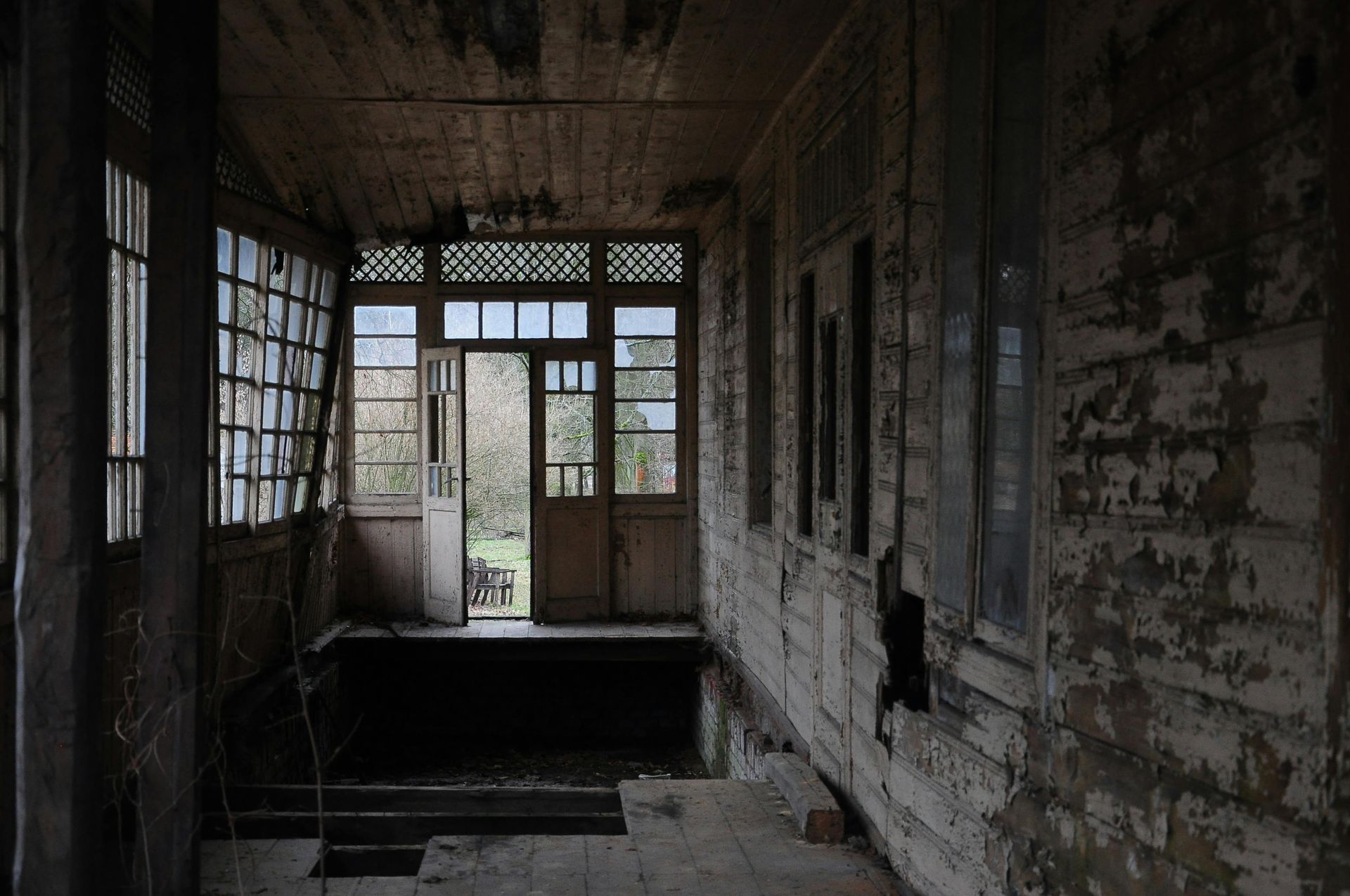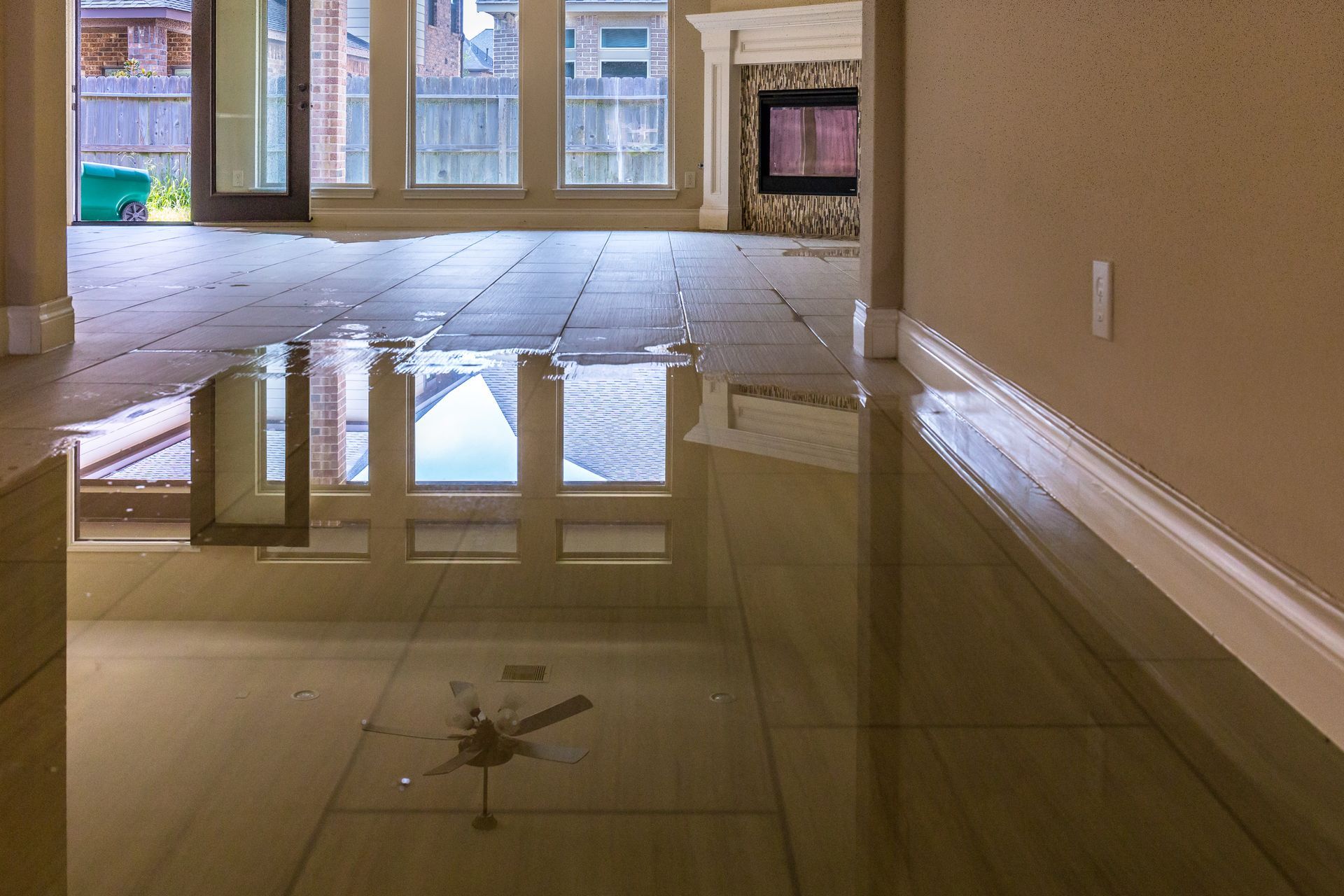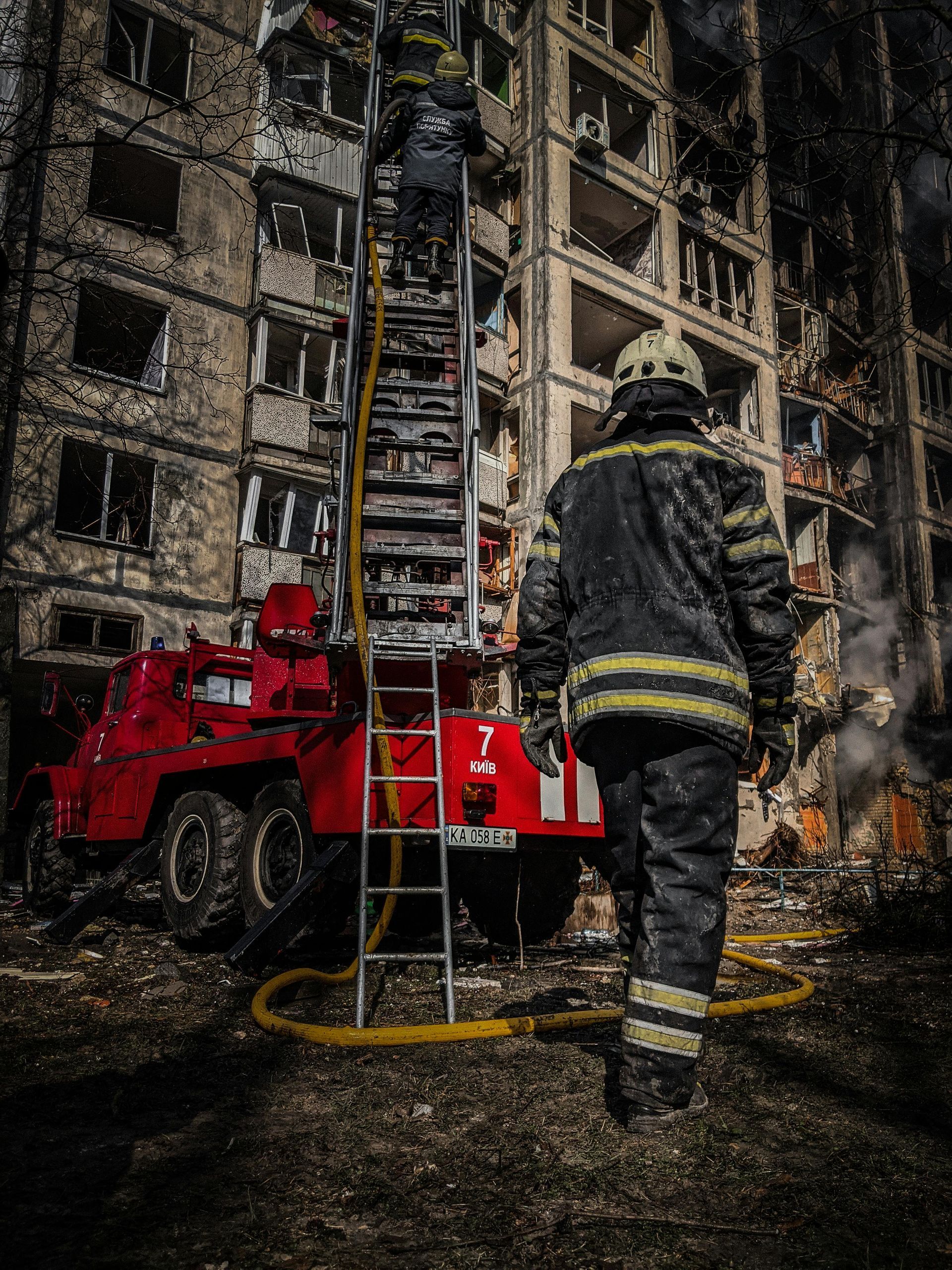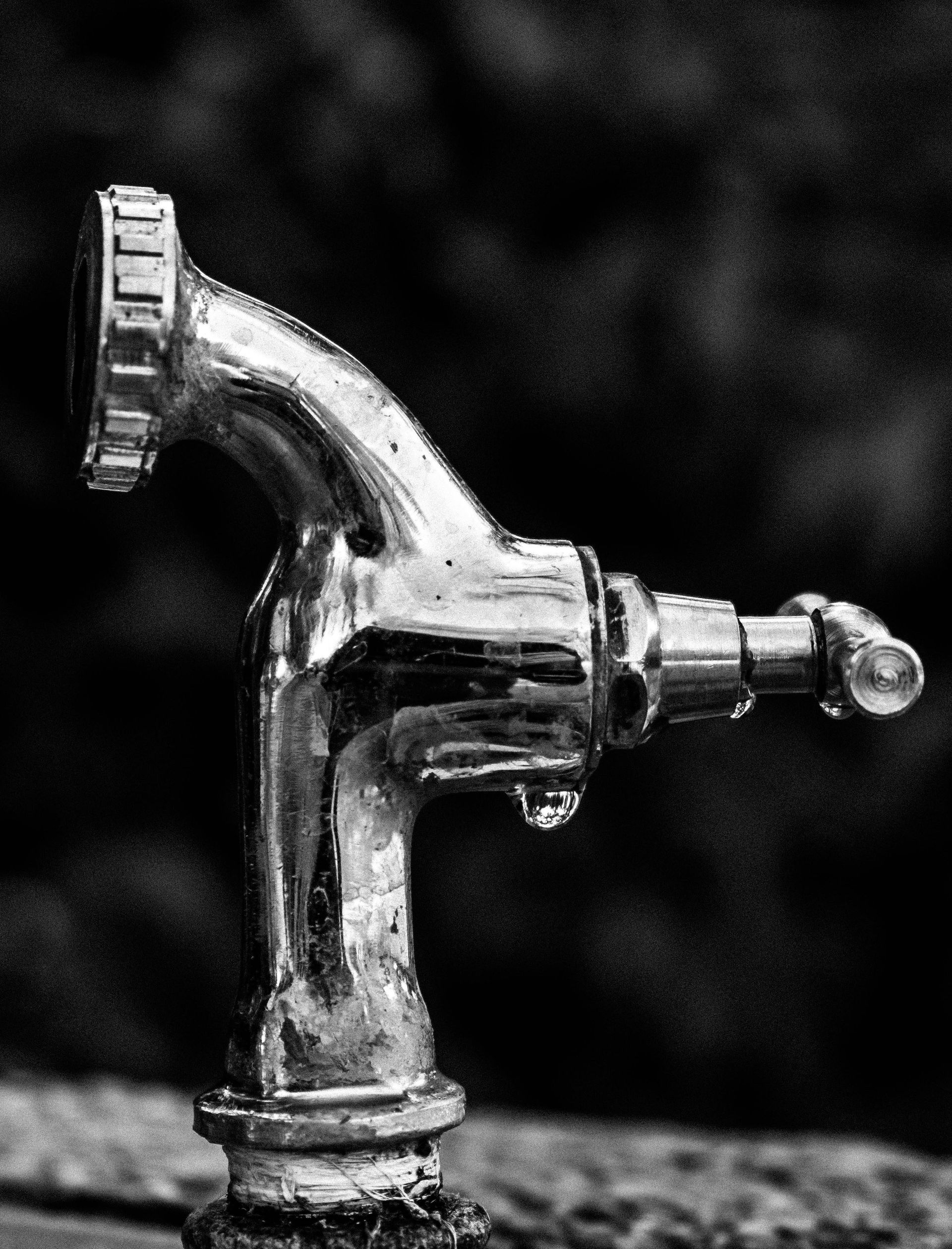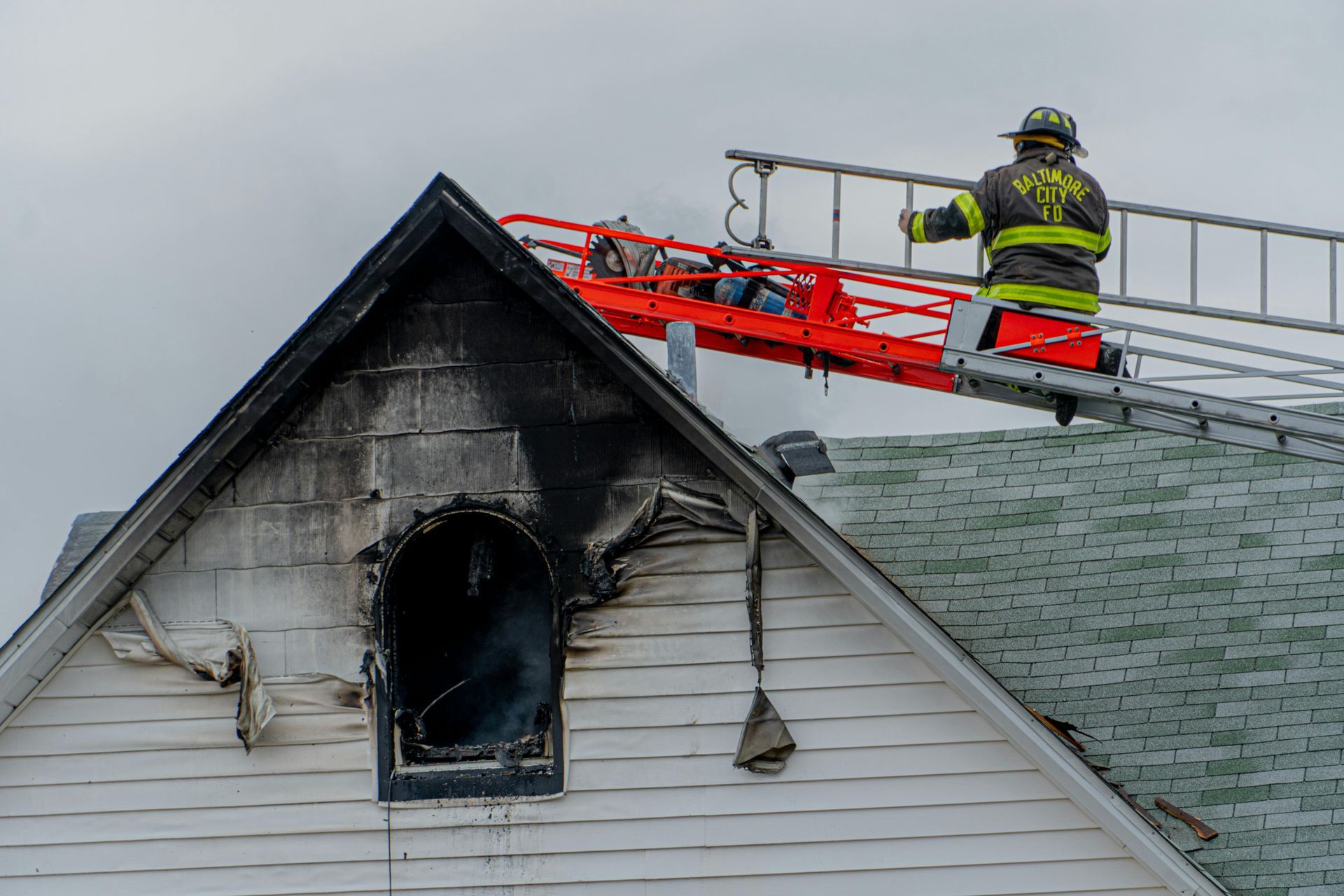How to Detect Mold Growth in Your Home
Ultimate Guide: How to Detect Mold in Your Home Effectively
Detecting mold in your home is a vital step toward ensuring a healthy living environment. Mold, often unseen, can pose serious health risks if left unchecked, including allergic reactions and respiratory issues. This article will delve into the 'how,' 'where,' and 'best ways' to detect mold in your house. We'll also guide you on effective mold detection techniques to ensure your home is safe and mold-free. Whether you're a homeowner, tenant, or just curious about mold detection, this guide will empower you with the knowledge you need. By understanding how to test for mold, you can protect your home and your well-being.
What is Mold?
Mold is a type of fungus that plays a crucial role in natural environments. Its function is to consume organic matter, helping break down fallen leaves, dead trees, and other decaying material. However, when mold infiltrates our living spaces, it can become a nuisance and potential health hazard.
Several types of mold commonly invade homes, including Aspergillus, Cladosporium, and the notorious Stachybotrys chartarum, more commonly known as black mold. These types can cause various health issues, from minor allergies to severe respiratory problems.
Mold thrives under specific conditions. It prefers dark, humid, and poorly ventilated areas. In a home, this could be anywhere from a damp basement to a poorly ventilated bathroom or a leaky roof. Temperature plays a role, too, with mold favoring warm conditions. By understanding these conditions, you can better anticipate where to check for mold in your house and implement preventive measures. The battle against mold begins with knowledge, and knowing how to detect mold is the first step in maintaining a healthy, mold-free home.
Health Risks Associated with Mold
Exposure to mold can lead to several health issues. One of the most common is allergies, characterized by sneezing, skin rash, runny nose, and watery eyes. Mold can also trigger asthma attacks in individuals who have asthma. People with mold allergies may have more severe reactions, including shortness of breath. In some cases, exposure to mold can cause respiratory infections or worsen existing respiratory conditions. Long-term exposure to mold can even lead to serious complications, such as chronic lung illnesses.
Certain populations are more vulnerable to the dangers of mold exposure. This includes children, the elderly, and people with compromised immune systems due to illnesses like HIV/AIDS, leukemia, or receiving chemotherapy. People with chronic lung diseases are at higher risk of mold infections in their lungs.
Despite these potential risks, the good news is that one can minimize exposure by properly detecting and removing mold from their living environment. Understanding how to detect mold, where to check for mold in your house, and identifying the best way to detect mold are crucial steps in reducing risk. Hence, mold detection and remediation should not be taken lightly. A proactive approach towards mold detection and removal can help maintain a healthier, safer living environment.
Visible Signs of Mold Infestation
One of the most obvious signs of mold infestation is visual confirmation. Mold often manifests as discoloration on surfaces, with colors ranging from green, black, and white to orange. The appearance can vary depending on the type of mold; some appear fuzzy, while others may look slimy.
Another visual clue is irregular patterns of splotches or spots. These may start small but can quickly spread across an area if the conditions are right for mold growth. It's crucial to assess and address these signs swiftly to prevent further growth.
It's important to differentiate between mold and mildew, two fungi often mistaken for each other. Mildew is generally lighter, appearing white or gray. It grows on the surface of moist areas, making it easier to clean compared to mold. On the other hand, mold is often darker (green or black) and can penetrate beneath the surface of infested materials, making it more challenging to eliminate.
Remember, visual signs are not the only indicators; mold may be present even if it's not visible. So, while knowing these signs can help in detecting mold, they do not guarantee the absence of mold if not present. Therefore, a thorough mold detection process should involve additional checks beyond the visual.
Hidden Mold: Beyond the Visible
Mold often lurks in hidden areas, making detection more challenging. For instance, it can thrive behind walls, under carpets, within HVAC systems, and above ceiling tiles. Wall cavities provide a dark, secluded space for mold growth, especially if dampened by a leak or condensation. Moisture under carpets can also facilitate mold proliferation, unseen and unnoticed. HVAC systems, if not properly maintained, can accumulate condensation and become a breeding ground for mold. Furthermore, mold can settle in insulation materials, behind wallpaper, and beneath floorboards.
Undetected mold growth poses serious risks as it can silently degrade the structural integrity of your home and negatively affect your health. Mold releases spores and toxins, which can infiltrate the air and be inhaled, causing health issues, as previously discussed.
A telltale sign of mold presence is a distinctive musty smell, often likened to wet socks or rotten wood. This odor arises from microbial volatile organic compounds (MVOCs) produced during mold's metabolic process. If you detect such a smell, it's a good indicator of mold presence, even if you can't visually confirm it. This scent is typically stronger near the mold's source. If you notice an unexplained musty odor in your home, it's advisable to conduct a mold inspection to uncover any hidden infestations.
DIY Mold Detection Techniques
Detecting mold in your home doesn't always require professional help. There are several do-it-yourself (DIY) techniques that homeowners can use to spot an infestation. These simple but effective methods can be pivotal in your fight against mold, allowing early detection and prevention of further growth. Implementing these techniques is part of the best way to detect mold. However, it's important to remember that severe or hidden cases may still necessitate a professional's touch.
Visual Inspection
A comprehensive visual inspection requires keen attention to detail. Begin by thoroughly examining common mold hotspots like bathrooms, kitchens, basements, and attics. Pay attention to walls, ceilings, window sills, and beneath sinks for any discoloration or irregular spots. Check hidden areas such as behind appliances, inside cabinets, under carpets, and around pipes. Look for water stains, condensation, and damp spots - these are prime locations for mold. Remember, mold can vary in color and texture, so don't overlook any potential signs.
Smell Test
The smell test is an effective way to detect mold. Mold emits a distinct, musty odor, similar to damp clothes or rotting wood. This smell becomes stronger and closer to the source of the mold. Therefore, if you detect a persistent, unexplained, musty odor, it's a strong indication that mold is present. Remember, this test is crucial, especially for mold that's hidden and not visible to the naked eye. Always trust your nose. If it smells off, it's worth investigating further.
Home Mold Testing Kits
Home mold testing kits can be a useful tool in your mold detection arsenal. Available in a variety of types, some test the air or surfaces for mold spores, while others detect mold in HVAC systems. Popular kits include the Healthful Home 5-Minute Mold Test and the Pro-Lab Mold Test Kit, both known for their ease of use and accuracy. However, while these kits can provide valuable initial insights, they are not foolproof. False positives or negatives can occur, and they may not detect mold hidden deep within your home. Always confirm results with a professional if unsure.
Professional Mold Inspection
Opting for a professional mold inspection comes with several advantages. Professionals are equipped with the knowledge, skills, and specialized tools necessary for thorough and accurate mold detection. They utilize advanced techniques like infrared imaging to detect hidden moisture, air sampling for airborne mold spores, and surface sampling to identify the types and concentrations of mold. They can access hard-to-reach areas and conduct an in-depth investigation that might be difficult for homeowners to perform. Moreover, they can provide a comprehensive report detailing the extent of the mold infestation and recommendations for mold remediation.
When selecting a mold inspection company, ensure you choose one with certified inspectors, good reviews, and a solid reputation. Be open about your concerns, ask questions, and ensure you understand the inspection process. Once the results are in, work with the company to plan the next steps for mold removal and prevention.
Regular mold inspections are vital, particularly in the aftermath of water-related incidents like floods or leaks, which create a favorable environment for mold. A timely inspection can uncover mold issues before they escalate, helping to protect not only the structural integrity of your house but also the health of its occupants. Always remember that proactive mold detection is a crucial aspect of home maintenance.
Prevention: Keeping Mold at Bay
Preventing mold from infesting your home is the best strategy for maintaining a healthy living environment. While mold spores exist naturally in the air we breathe, they become a problem only when they find the right conditions to multiply and grow. By controlling these conditions, you can keep mold at bay.
Controlling Humidity Levels
Maintaining optimal humidity levels is crucial in mold prevention. Aim to keep indoor humidity below 50% to discourage mold growth. Use air conditioners and dehumidifiers during humid months, employ exhaust fans in high-moisture areas like the bathroom or kitchen, and air out basements regularly. Monitor humidity levels with a hygrometer, easily obtainable from a hardware store. Lastly, proper ventilation throughout the house can maintain dry conditions, making it less conducive for mold to thrive.
Proper Ventilation
Proper ventilation is essential in deterring mold growth. It promotes air circulation, reducing moisture and preventing condensation - prime conditions for mold spawning. Achieving good ventilation involves regular airing of rooms, especially ones high in moisture, such as bathrooms, kitchens, or basements. Consider installing exhaust fans in these rooms. Remember, ventilation isn't only about letting air in - it's equally vital to ensure damp air can escape. Hence, keep vents clear from blockages and ensure your HVAC system is functioning optimally.
Regular Home Maintenance
Regular home maintenance is essential to thwart mold-prone situations. A routine check of your home's structure and systems can help detect and fix leaks or condensation issues promptly, preventing conditions conducive to mold growth. Utilizing products like dehumidifiers and moisture absorbers can help maintain optimal humidity levels, especially in damp areas like basements or bathrooms. Dehumidifiers are effective in absorbing excess moisture, keeping your spaces dry and mold-free. Also, consider moisture-resistant building materials for high-moisture areas. Ultimately, consistency in maintenance checks and prompt repairs are your best defense against mold.
Mold-Free Living is a Click Away. Reach Out Now!
At Restoration Heroes, we're dedicated to providing quality, professional mold detection and remediation services. Our team of certified experts uses state-of-the-art tools to detect mold, even in the most hidden corners of your home. We offer comprehensive solutions, from inspection to elimination, ensuring your home remains a safe and healthy environment. So, if you're unsure how to detect mold or where to check in your house, count on us for the best way to detect mold. Don't let mold compromise your health or home. Take action today! Reach out to Restoration Heroes because everyone deserves a mold-free living. Contact us now!
